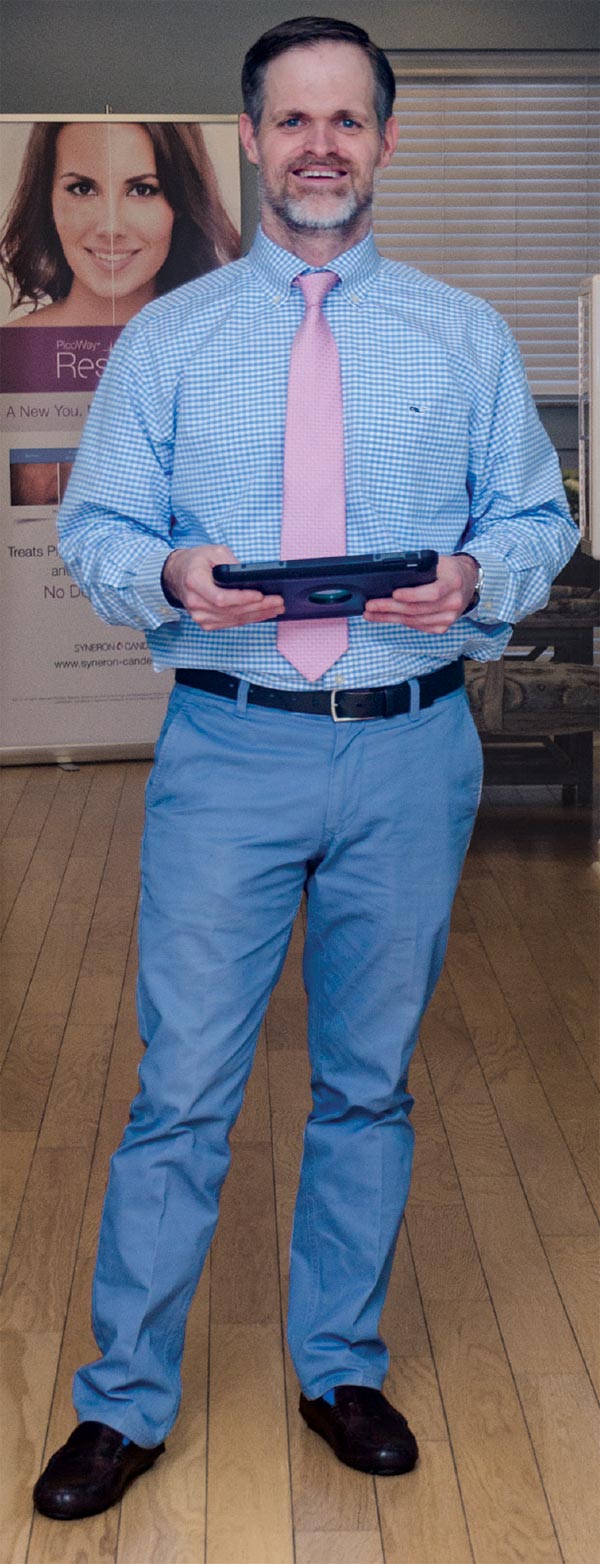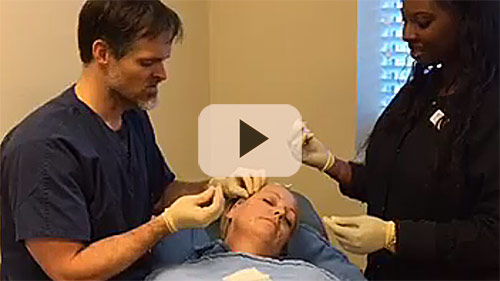MVP MAGAZINE FEATURE: ANYONE CAN LIFEGUARD
Beach season is here! Let’s talk about safety.
What hazards come with summertime and do they pose any real risk of injury or death? Since the popularity of the movie Jaws, shark attacks are one of the dangers people fear most at the beach. The real risk of death from a shark attack is less than one in 265 million. What about weather-related deaths, such as lighting strike at the beach? In a 12-year period, 18 lighting-related deaths were reported on beaches (out of 60 million annual US beachgoers), bringing that risk to 1 in 40 million. Watercraft injuries such as jet skis are one of the riskier water activities. What are the odds that operating a jet ski at the beach will kill you? Well, around 40 people each year are killed in jet ski accidents in the United States (out of the 1 million Americans that utilize them), equating to a 1 in 25,000 risk. Now, let’s talk about the most prevalent danger you may face this summer. A threat that kills nearly 7500 people in the United States each year placing the lifetime risk of death at 1 in 400 for fair-skinned Americans. Curious?
The statistics prove there is one danger that far outpaces sharks, lightning and jet ski deaths; that danger is melanoma. Melanoma is caused by ultraviolet radiation (UV) damaging the DNA of the skin cells. The good news is, prevention is possible and melanoma is curable if caught and treated early. Primary prevention is being aware of the dangers of UV exposure and the importance of the use of sunscreen and protective clothing. How can you be a melanoma lifeguard at the beach this summer? Always apply a broad-spectrum, water-resistant sunscreen with an SPF factor of 30 or higher. Bring an extra bottle of sunscreen and share it with friends and family members, reminding them to reapply every two hours. You may have heard that it’s a good idea to get an early sunburn to jumpstart your summer tan. This is false! When possible, seek shade between 10 AM and 2 PM and wear protective clothing when in the sun.
While at the beach, if you see someone with a dark spot that is oddly shaped (asymmetric), has irregular or uneven borders, has multiple colors, has a diameter greater than 6mm (width of a pencil), or is evolving, tell the person to see a dermatologist immediately. Often times, when someone else points out an area of concern it reinforces that the spot is not normal and they need to have it examined professionally. While this may be an uncomfortable conversation, the staff at our office has saved lives by telling people in the checkout line with dark moles on their backs or legs to come in and see us; and in many cases, it turned out to be melanoma.
When it comes to selecting the right sunscreen, these days it is hard to make a wrong choice. Almost all of the products on the shelves have broad-spectrum protection. Personally, I like the Neutrogena line of sunscreens. They come in a variety of formulations (sprays and lotions) and contain either a chemical sunscreen or a physical sunblock. Also, the sun protective clothing options have increased exponentially over the last decade. I generally recommend the Columbia brand because it is often the easiest to find. I remind patients to protect their head and ears with a wide-brimmed hat and their eyes and eyelids with polarized UV blocking sunglasses.
Much like the Disney movie Ratatouille, which repeats the theme that “Anyone Can Cook,” the same is true of preventing and detecting skin cancer, “ANYONE CAN LIFEGUARD.” So, you don’t have to be on Baywatch to be a lifesaver. All you need is a bottle of sunscreen and the courage to point out that funny looking spot to a friend or even a stranger. A simple skin exam could save a life.




 Are you involved in any community projects/events/fundraisers?
Are you involved in any community projects/events/fundraisers?


